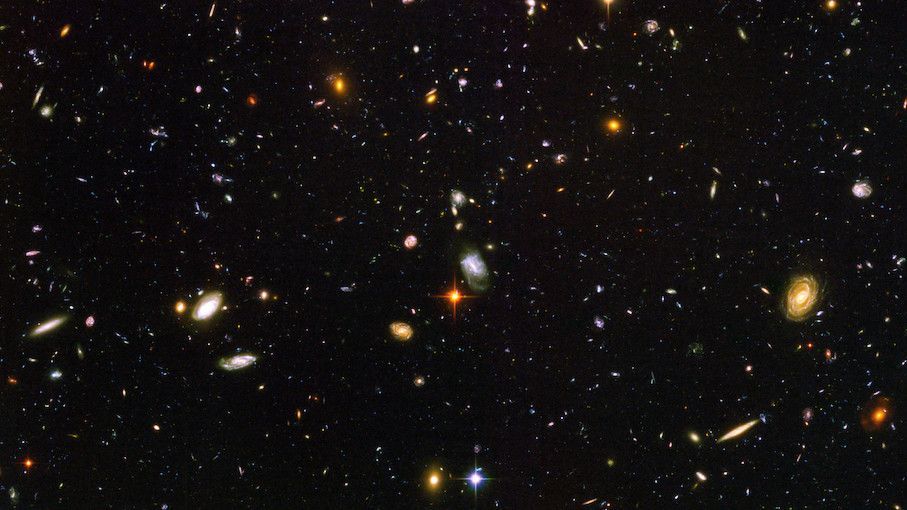Overview
Spacetime and quantum mechanics lie at the heart of physics, and have led to a spectacularly successful understanding of the laws of Nature, from the tiniest distances probed at the Large Hadron Collider (LHC) to the size of the entire observable universe.
However, while the spacetime concept is central to Einstein’s theory of relativity, we know that ultimately it must break down, as seen most dramatically at the Big Bang singularity. Moreover, the laws of quantum mechanics crucially rely on the notion of time. The breakdown of spacetime therefore also means that quantum mechanics needs to be extended to study the origin of the Universe. This suggests that our pillars of fundamental physics are only approximate notions that must ultimately arise from more basic concepts. Discovering these concepts is one of the grand challenges of science in the 21st century.
From Rutherford’s discovery of the atomic nucleus, to the discovery of the Higgs boson at the LHC, particle scattering has been vital to progress in physics. In quantum mechanics, only the probabilities of scattering events can be predicted, as the squares of 'scattering amplitudes'. Their study has played a key role in the development of theoretical physics, especially in the hands of Richard Feynman, who gave us his famous pictorial representation of scattering processes.

Feynman diagrams represent an amplitude as a sum over all ways the collisions between particles could take place in spacetime. However, computing the sum of Feynman diagrams can be very complicated. For example, the scattering of six gluons involves 220 different tree-level diagrams, each represented by a complicated mathematical expression. Strikingly, the final results are very simple, which suggests the existence of alternative basic principles that bring the hidden simplicity to light. This resonates strongly with other indications from quantum gravity and quantum cosmology for the need to replace spacetime and quantum mechanics with more primitive concepts.
In recent years, we have come to realize that there are entirely different ways of conceptualizing what scattering amplitudes are. Researchers discovered that scattering amplitudes in certain special theories can be thought of as the 'volume' of a new geometrical object called the 'amplituhedron'. This geometric shape is an example of a 'positive geometry', a concept that generalizes the familiar convex polyhedra that have been studied since antiquity.
The amplituhedron is described by the energies, momenta and spins of the particles involved in the scattering process, but makes no reference to their trajectories in spacetime and to the evolution of their quantum state. It therefore gives an existence proof of a new framework for particle physics in which spacetime and quantum mechanics emerge from more basic mathematical concepts. Yet, it seems clear that we have just scratched the surface of a much deeper set of physical and mathematical ideas awaiting discovery. So far, the amplituhedron has been constructed only for toy models, and the big challenge is to find the geometries relevant to the real world, including gravity and the expanding universe.
The main observables in cosmology are correlation functions, such as the spatial correlations in the distribution of galaxies in the sky. These correlations arise from primordial correlations in the density of matter at the origin of the hot Big Bang and a central open question is what created the primordial seed fluctuations. Inspired by the discovery of positive geometries in particle physics, the UNIVERSE+ team is now searching for a deeper geometric origin of the observed cosmological correlations.






